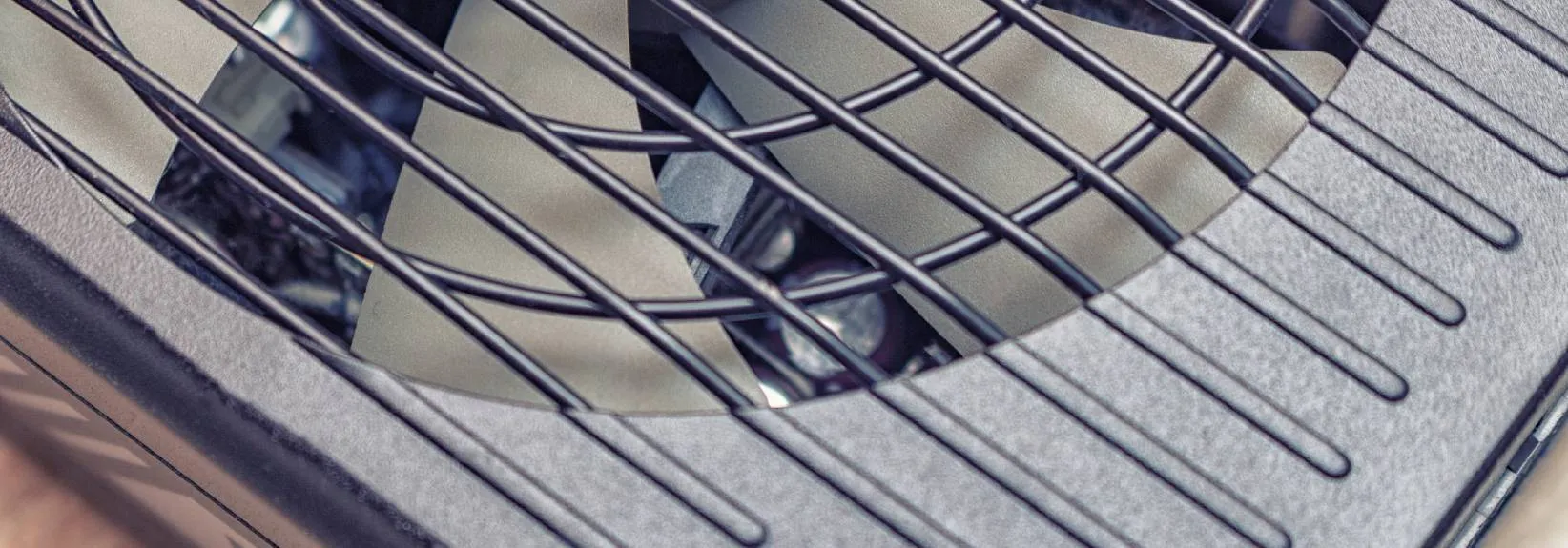What Is a Blower Motor?
When troubleshooting HVAC issues, you may see the term “blower motor” and wonder what that means. This essential part of your HVAC functions as the lungs of your heating and cooling system. The blower motor powers the circulation of heated and cooled air, ensuring your home stays comfortable all year-round.
You don’t need to appreciate every detail of your HVAC system to keep it running smoothly. However, understanding a little about the blower motor simplifies operation and occasional troubleshooting.
What Does a Blower Motor Do?
The blower motor in a forced-air heating and cooling system powers the fan that disperses air around the inside of your home and forces it back into the HVAC for reheating or cooling. The types of HVAC systems that have blower motors include furnaces, air conditioners, heat pumps and ductless mini-splits. When your thermostat detects the temperature falling out of the set comfort zone, the blower motor is alerted by your system. This turns on the fan, blowing hot or cold air out of the unit, through the ductwork—or straight from the air handler in the case of a ductless system—and inside your living space.Where Is the Blower Motor Found?
The blower motor’s exact location varies according to the type of system:-
- A furnace blower motor is commonly placed in the base of the unit near the air filter.
-
- An air conditioner typically shares the furnace’s blower motor to circulate cool air in the summer cooling season.
-
- A heat pump blower motor is located inside the air handler, the indoor portion of this single-unit heating and cooling device.
-
- A ductless mini-split blower motor is situated in the wall-mounted unit, often behind the air handler casing.
Types of Blower Motors
Understanding the two main kinds of blower motors can help you choose the right option for your home comfort needs.-
- A single-speed motor, as the name implies, operates at one speed and powers off when the desired temperature is reached.
-
- A variable-speed motor operates at a range of speeds, adjusting the speed to changes in heating and cooling demands. This is usually the quieter, more energy-efficient choice for homeowners. It also provides more consistent indoor temperatures for greater comfort.
Signs of a Blower Motor Gone Bad
If your home suddenly isn’t as comfy as usual, your blower motor might be the reason. Keep an eye out for these indications of a bad blower motor:-
- Weak or no airflow from vents: Limited airflow makes your home heat or cool more slowly, creating discomfort and inefficiency. A complete loss of airflow might mean total motor failure, which calls for immediate evaluation from an seasoned HVAC professional like the team at Winnipeg Supply Service Experts.
-
- Odd noises: Unusual sounds like grinding or squealing may be warning signs of worn-out bearings or a misaligned motor. These noises are not only aggravating but can indicate impending malfunction.
-
- Concerning odors: A burning smell could indicate an overheating motor, a significant issue requiring timely intervention to prevent the problem from getting worse.
-
- Increased energy expenses: A blower motor that works harder than necessary because of an underlying issue consumes more electricity. This inefficiency can cause a noticeable surge in your energy bills.
-
- HVAC unit overheating: Overheating can take place when the motor struggles due to friction or a mechanical difficulty. This can bring on a complete system breakdown if not addressed in a timely manner.
What Causes Blower Motor Failure?
A blower motor can go bad for several reasons, including:-
- Moisture buildup: Water in the wrong areas can result in catastrophe for your blower motor. Moisture can corrode metal hardware and trigger electrical shorts that can gravely impact the motor’s ability to run.
-
- Debris accumulation: Dust and dirt plugging up components of the motor can cause it to overheat or fail entirely.
-
- Worn-out bearings: Bearings decrease friction in the motor. When they wear out, they overwork the motor, leading to premature failure.
-
- Blower motor resistor or fan concerns: Issues with the resistor or fan can alter how the motor responds to demands for more or less air. These troubles can result in system inefficiencies and require professional repair.
-
- Temperature control problems: If the motor can’t correctly control the temperature, it might run continuously, which can cause wear and tear and eventually failure.
-
- Electrical challenges: Faulty wiring or other electrical issues can lead to intermittent motor operation or a complete breakdown.
-
- Old age: Like any mechanical product, blower motors have a finite life expectancy. As they get older, elements wear out and failure becomes more likely.

